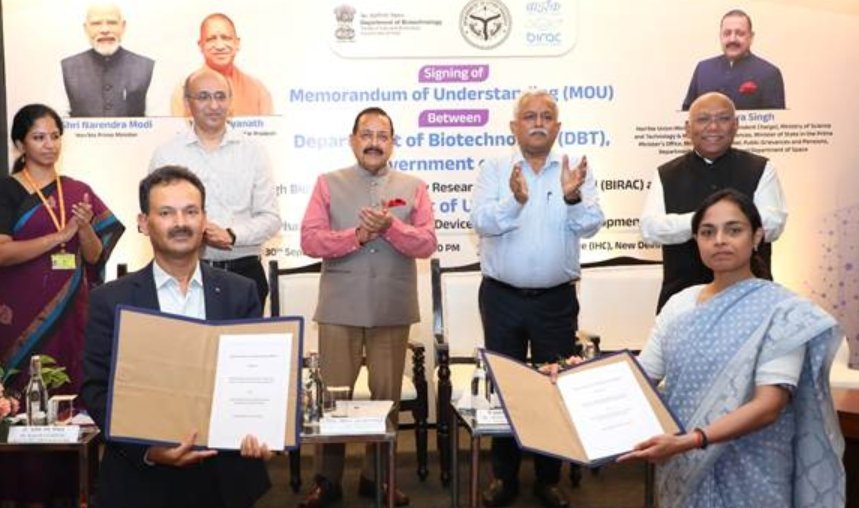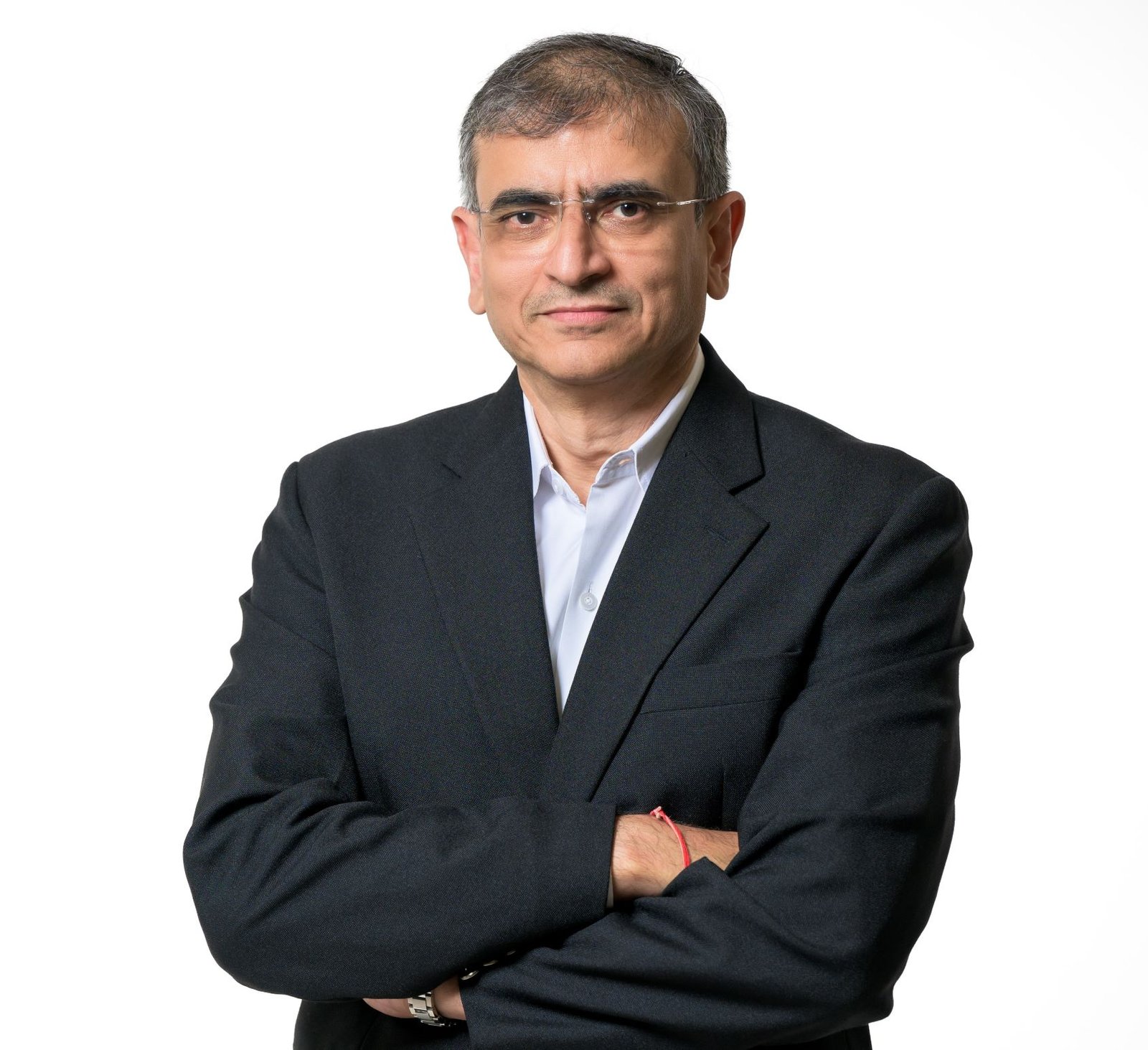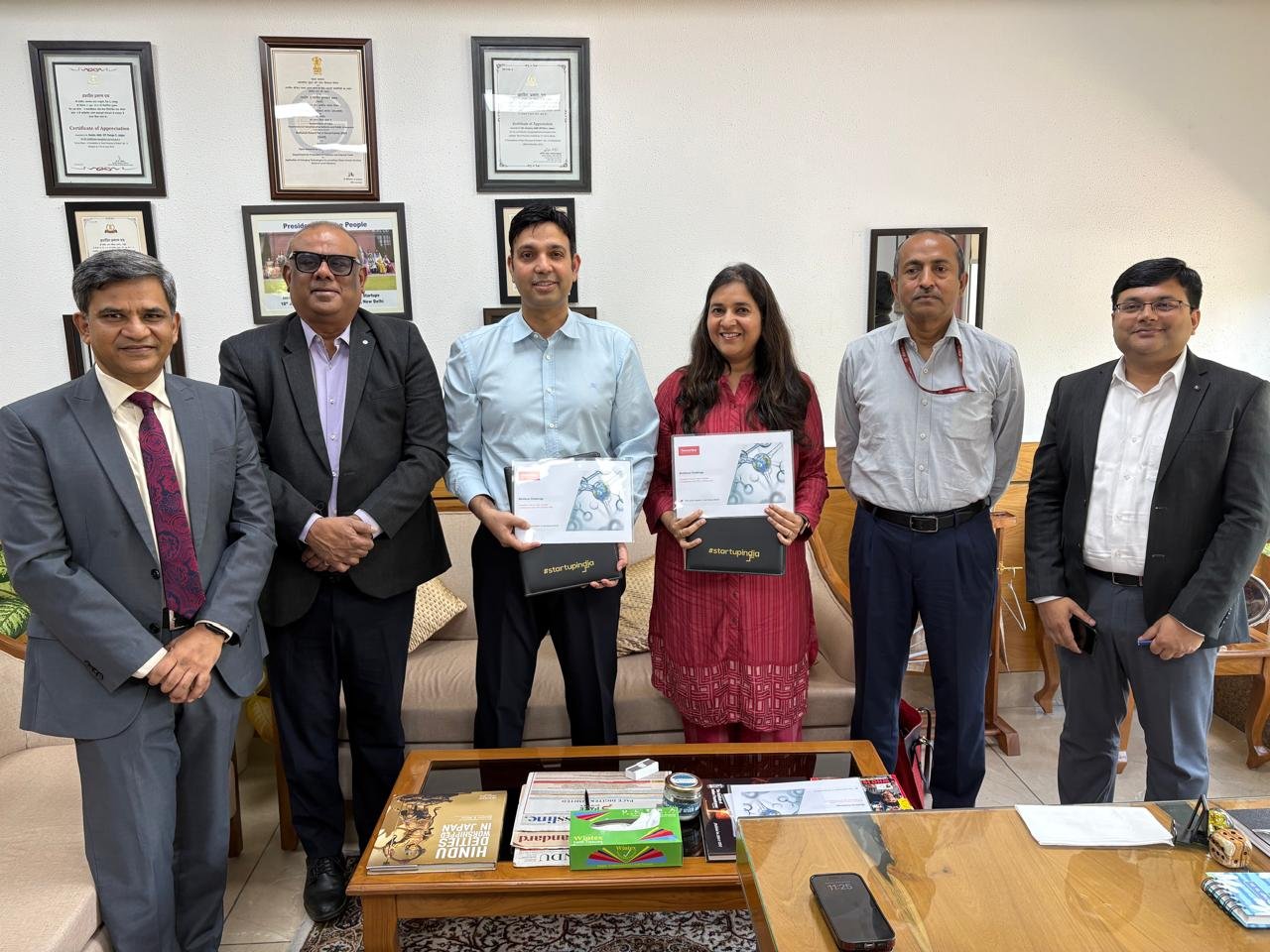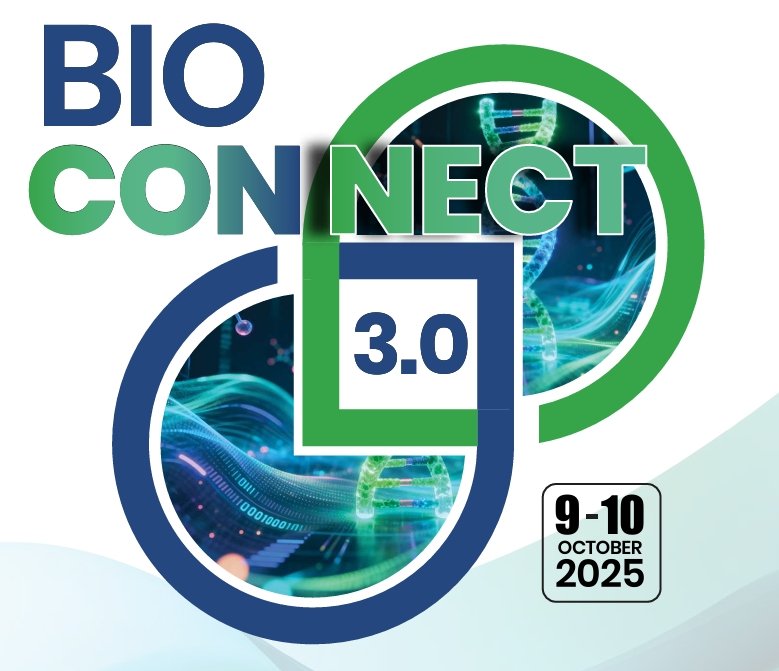New Regulatory Era
May 12, 2006 | Friday | News
New Regulatory Era
New Regulatory Era
The announcement of the implementation of most of the key
recommendations of the Mashelkar Task Force on recombinant pharma products is
good news. The exemption of LMOs from the purview of GEAC approval itself will
take nearly 90 percent of the forthcoming biopharma products from the purview of
the laborious regulatory approval process.
S&T Minister Kapil Sibal and DBT Secretary MK Bhan have
used almost every public platform to reiterate that the government was working
on other suggestions to set up a single-window regulatory structure. Their
immense commitment to the biotech sector and the path-breaking changes
introduced in the past 20 months gives the industry the hope that they will
deliver on the promises at the earliest.
In the meanwhile, India also had another success with the
biotech leaders at the BIO meeting in Chicago in early April. Sibal was in the
forefront of selling the Indian story and he made big pitch to the global
leaders to consider India as a destination to move the drug development process
to make the new drugs affordable to more people around the world, leveraging the
lower developmental costs.
The biotechnology industry celebrated its 30th anniversary.
The modern biotech industry traces its origin to the founding of Genentech, now
a $6.2-billion giant, in April 1976. The BIO convention started in a small way
in 1991 and has emerged as the world's most preferred biotech meeting with
over 19,000 participants at the 14th edition in Chicago from 62 countries. The
trade show has become really big almost all the major companies and most of the
states in the US and European countries using the platform to attract biotech
entrepreneurs.
Asian countries have managed to attract attention in the last
few with single pavilion which are getting bigger and bigger with each passing
year under the country banner. Japan, China, Australia, Korea, Singapore, Taiwan
and Malaysia have managed to get good attention using this route.
India has been doing this for the past few year. But
unfortunately, Indian efforts were scattered under two banners-CII and ABLE-
and two other major companies participating separately. The $1 billion and
growing industry is still small by global standards and the time has come for
industry leaders to present a united front to the world at BIO. Industry leaders
are unanimous that DBT should take up the leadership on this front too at least
for the next edition of BIO scheduled for May 2007 in Boston and facilitate
participation of India's most promising biotech companies under the country's
banner. Collective resources of the country should be used intelligently and
smartly, like our other Asian neighbors.
While India and China continues to attract the attention of
global policy makers and industry leaders in the life sciences sector, the
industry is looking at the big picture for the next decade. Clearly, two new
segments are emerging as the next big things in biotechnology: Biofuels and
industrial biotechnology. Recent breakthroughs in enzyme technology have
dramatically increased the yield and reduced the production cost of ethanol from
agricultural waste.
US President George Bush was quick to grasp the importance of
this to lower America's dependence on imported petroleum products and shift to
biofuels. Major policy changes have been made to boost the country's energy
independence and now almost every influential American leader, including former
President Bill Clinton, has become a champion of biofuels. Industrial
biotechnology is the beneficiary of the advances in enzyme technologies and is
in fact being referred to as the biotech industry's third wave. India has some
headstart in these two emerging areas and we should build on these strengths and
grab the emerging opportunities.










